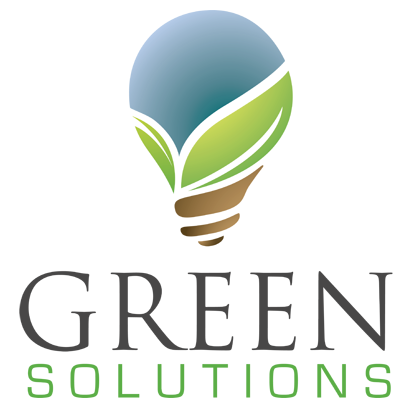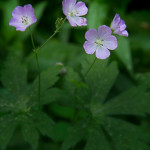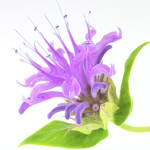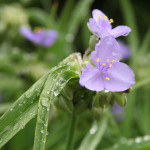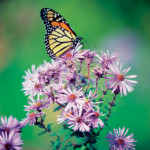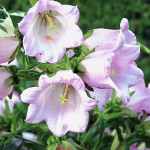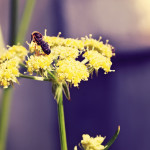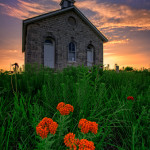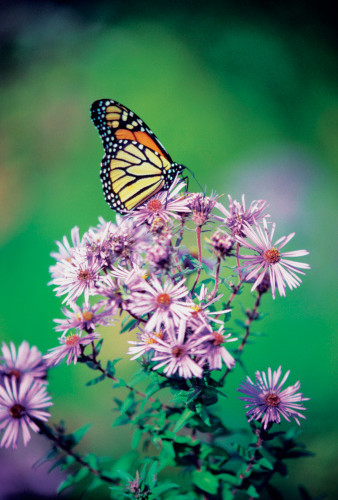
The votes are in – these 10 reliable, adaptable and site-specific native perennial plants thrive in a variety of conditions and will provide flowers throughout the season – making them a shoe-in for our “BEST OF NATIVE PERENNIALS” acknowledgement.
- Wild Geranium
- Wild Bergamot
- Spiderwort
- New England Aster
- Harebells
- Golden Alexanders
- Butterfly Milkweed
Best Plant to Grow in the Shade goes to…Wild Geranium!
With its mounding form and large light to medium pink flowers, wild geranium makes a colorful addition to a shade or woodland garden.
This perennial can be used in masses under trees, along woodland edges or incorporated into any shade garden. Because it flowers later than the first spring ephemerals, such as Dutchman’s breeches, it can be planted in combination with these earlier-flowering plants to help fill the void after the ephemerals go dormant.
Best Plant to Grow in Clay goes to…Ohio Spiderwort!
Ohio spiderwort is very adaptable and can grow and thrive in most soil types, including heavy clay. The bright blue, pink or purple flowers provide color and interest in the spring, opening in clusters in the morning, then closing up in midday when temperatures rise. The grass-like, linear foliage provides textural interest and complements broad-leaved perennials.
Best Plant for Sandy Soil goes to…Harebell!
Harebell has delicate, fine foliage with many thin, linear leaves. The nodding blue flowers are typically held singly on the flower stalks. Harebell flowers in late spring and will re-bloom throughout the summer.
Mass plants together for the best display in the garden. Harebell is an excellent native plant for sandy soil and tight spaces, such as gaps in a boulder wall or along the top edge of any hardscape retaining wall. It is also a good choice for use along a sidewalk or walkway, because it tolerates the heat generated from the hardscaping and will not flop over or overpower a path.
Best Plant for Loamy Soil & Full Sun goes to… Wild Bergamot!
Wild bergamot is one of the most resilient North American native plants and is a delight for bumblebees and butterflies. It can be used in a variety of situations, including butterfly and pollinator gardens, perennial borders and informal meadow or prairie plantings.
Best Plant for Spring goes to…Golden Alexanders!
Golden Alexanders is an extremely versatile native plant that flowers in spring, often when we need additional color in the garden, and provides forage for pollinators. It grows in most soil types and is relatively shade tolerant, growing well in partial shade.
Use this plant massed together along a house foundation, in a perennial border, at the edge of a woodland or in an informal prairie planting. Once the plant is finished flowering, its seed heads provide additional interest from late summer through winter. Golden Alexanders is an important pollinator plant, as it is a larval host plant to some swallowtail butterflies and a specialist plant for solitary bees.
Best Plant for Late Spring goes to…Smooth Beardtongue!
Smooth beardtongue has large, bold white flowers that are arranged in clusters, called panicles, on each flower stalk. The flower stems are sturdy and remain upright long after the flowers have faded. The bright green glossy leaves clasp the flower stalk, forming ladder-like tiers.
Smooth beardtongue can be used in a perennial border or in an informal prairie or naturalized planting. Its medium height and white flowers are a welcome colorful addition in early spring. The flowers typically open in May, bridging the gap between the early woodland flowers and perennials that shine in midsummer.
Best plant for summer goes to…Anise Hyssop!
Anise hyssop provides color throughout the summer; it begins flowering in late June and continues to flower until the beginning of September. It attracts a diversity of pollinators, including bees and butterflies.
Anise hyssop is best used in medium to dry locations where no standing water occurs. Use it on hillsides, along sidewalks or garden borders, in butterfly or pollinator gardens, or on the dry upper edges of rain gardens.
Best Plant for Fall goes to…New England Aster!
New England aster produces light pink to deep purple flowers from August to October. Use New England aster next to Goldenrods for an outstanding flower color contrast.
It performs best in moist sites, including rain gardens, ditches, pond and wetland edges, and other low-lying sites where water collects after a rainfall. Drier sites are tolerated if the soil has a higher clay content.
Best Plant for Eye-Popping Color goes to…Butterfly Milkweed!
Few plants can match the vividness of butterfly milkweed’s orange flowers. Combine butterfly milkweed with any blue- or violet-flowering native plant for an outstanding color contrast.
Butterfly milkweed grows best in well-drained soil that’s free of compaction or clay. Use it in perennial borders or mass it in swaths in both formal and informal plantings. This perennial also looks at home in a rock garden, surrounded by various-size rocks or boulders.
Best Plant for Tough Sites Goes to…Hoary Vervain!
Hoary vervain thrives in tough sites, including soils compacted from foot traffic and heat generated from hardscaping, such as asphalt. It is a very drought-tolerant native perennial.
Hoary vervain is best used in sites that are dry and have well-drained, sandy oil. Combine it with yellow-flowering native plants, such as black-eyed susan, smooth oxeye or gray-headed coneflower.
Source: This article originally appeared on houzz.com March 7, 2015 by contributor Heather Holm as “10 Essential Native Perennials for the Great Lakes and Upper Midwest”
